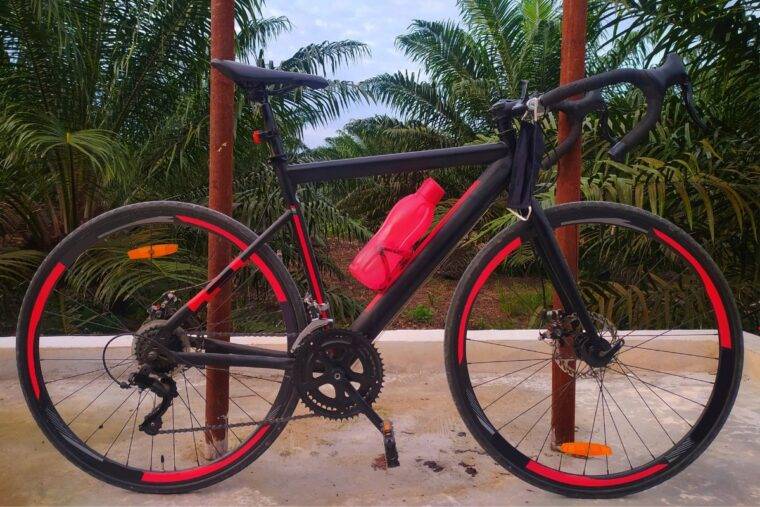
Close your eyes and imagine what an e-bike looks like and your mind probably won’t be drawing a road bike. You’ll probably think of a hybrid, a cargo-bike or mountain bike.
Road bikes joined the mass e-volution of electric bikes slightly later. Perhaps there was less need for pedal assistance as road bikes might have been seen to represent the pinnacle of human-powered transport.
But road bikes are great e-bikes, especially for long rides, for going up hills you might never have considered and generally riding further, not necessarily harder. Their design has moved closer to the traditional looks of the road bike than at any time previously. This guide should help you find the best road electric bikes.
Best Road E-Bikes
-

Trek’s most comfortable road-riding platform
Trek Domane+ AL 5
A rear hub-drive alloy e-bike with built in slick controls, fender and rack mounts.
-
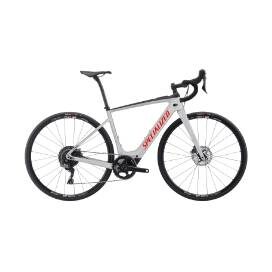
Carbon chassis from race-bred S-Works stable
Specialized Turbo Creo SL Comp Carbon
A pedal-drive motor built on a lightweight carbon frame and a 1x drivetrain.
-

Aluminium entry-level racer
Ribble Endurance AL e – Sport
Mahle X35+ hub-drive motor and sleek design with no-nonsense entry level components.
-
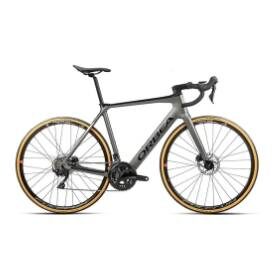
Full proprietary e-interface
Orbea Gain M30
Deliberate power profiling for an e-road bike that pays attention to riding without assistance.
-
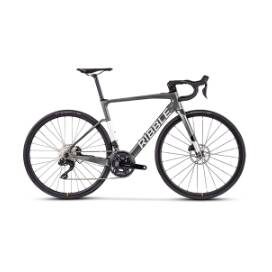
Great groupset and finishing kit
Ribble Endurance SL e – Enthusiast
A carbon frame and Shimano’s wireless 105 Di2 groupset with excellent Mavic rims.
-
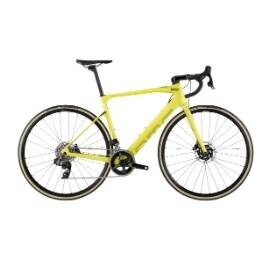
Mahle X20 hub-drive gives most natural feel
BMC Roadmachine AMP TWO
Fine-tuned hub drive motor reduces any lag when pedalling on a super endurance frame.
-
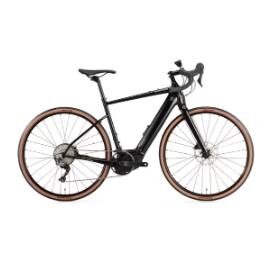
S-Pedalec speeds and power
Cannondale Topstone Neo 5
Higher top speed and torque with gravel components and specced for multi-terrain riding.
What is a Road Electric Bike?
A road e-bike is a road bike designed and engineered to offer electric pedal assistance when a rider requires it. Road electric bikes have featured somewhere down the queue in terms of sales, research and development. This might be because there are other, more suitable, egalitarian uses for electric power when it comes to bikes.
Sure, the road bike might possess more ‘thoroughbred’ kudos than other bikes. The perception is that road bikes are used by those riders who prioritise fitness and goals over outside assistance. And roadies have the reputation of being lycra-clad weekend warriors for whom pounding the roads with pedal power might be their only exercise. The road bike might not be their main form of transportation – for work or for commercial purposes.
Other bikes like commuters, city bikes, Dutch-style bikes and of course mountain bikes, have called for electrical support first. But a road electric bike has loads going for it. If you want to cycle further than before, tackling more and steeper hills whilst benefitting from all the fitness perks and speed of road riding, then an e-bike might be for you.
And road electric bikes are slimmer and more hidden than they ever have been. Super-sleek batteries slip inside the bike’s down tube or in some cases are camouflaged as a water bottle!
Many of the batteries we’ve seen on road e-bikes cannot be removed without removing the bike’s bottom bracket. So that’s great for security but will require more specialised kit and effort for maintenance and servicing.
Buttons and controllers are minimised so as not to affect the aerodynamics and manufacturers are clearly committed to mimic the styling and aesthetic of a regular road bike.
Charging can be as straightforward as other electric models although there is more call for road bikes with their hidden batteries to be fully plugged into the wall – bike and all. You don’t often see monstrous 500Watt or 1,000Watt motors strapped to a road e-bike, despite their huge potential for torque.
The electric road bike shouldn’t necessarily need these big boosts of power. Pedal-assisted speeds are limited in the UK / Europe to 15mph with the motor only operating during pedalling and 20mph or 28mph in the USA. For that reason, you might expect to see more road e-bikes with a rear hub motor than the crank-based version more often seen on commuter and city bikes, where more torque is needed.
A small rear hub creates a more natural feel than a crank-based system and helps the aesthetic, weight and balance of a road bike. It’s fair to suggest that you might spend more time on a road bike out of the pedal-assist mode and so having a similar feel to an acoustic bike sensation will be important.
Components elsewhere on the bike are just the same as their ‘analogue’ siblings in the same range. As you’ll see, the major worldwide global road bike brands have been quick to adopt electric versions of their entire range of road bike models.
Who Are Road E-Bikes For?
Anyone who wants one. You will get most of the same aerodynamic features and weight saving of the standard road bike. Visually, you could be forgiven for finding it difficult to spot the differences between the two types. And that’s no accident.
Many of the design, engineering and sportier riding positions for road bikes will be the same on the e-version. They might weigh a little bit more and the handling might not be as finely tuned and responsive. But most of us aren’t Tour de France pedigree racehorses and all of our exercise regimes could be enhanced by an e-bike.
The tech on the bike is sleek with many controllers and displays built into the frame, which reduces cabling and drag. Most of the e-bikes on display here will have an app for your smartphone which can variously measure your cadence, remaining charge and some offer turn-by-turn guidance.
The power mode of your motor can be selected from your phone as well as your top tube or controller. They’ll be a great place to log your rides too.
If you love riding along country roads for hours and tackling long climbs in your area or have commutes over 20 miles/32 kilometres each way all along roads without needing to carry much on your back, then you might already be considering an road e-bike.
Road Electric Bikes Pros + Cons
Pros
- total weight is lower compared to other e-bikes
- design and engineering closely shared with non-electric versions
- best bike for consistent speeds and maintaining fitness levels
- really close to the same feel as a traditional road bike
Cons
- more expensive than their standard cousins
- higher potential for chipping away at motivation for improving fitness
- might (still) make other road cyclists a bit sniffy
Best Road Electric Bikes
1. Trek Domane+ AL 5
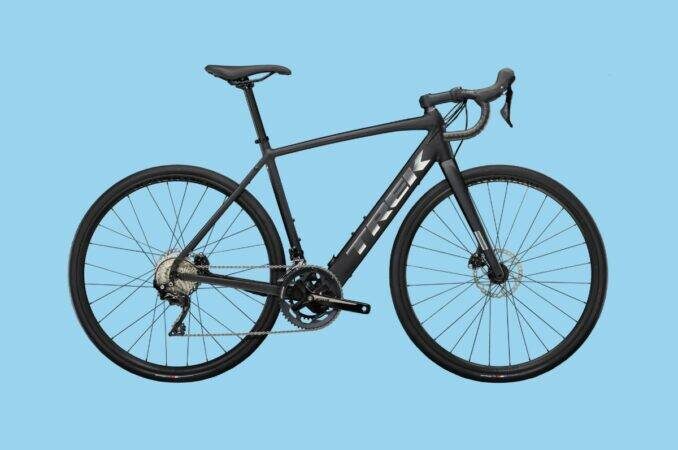
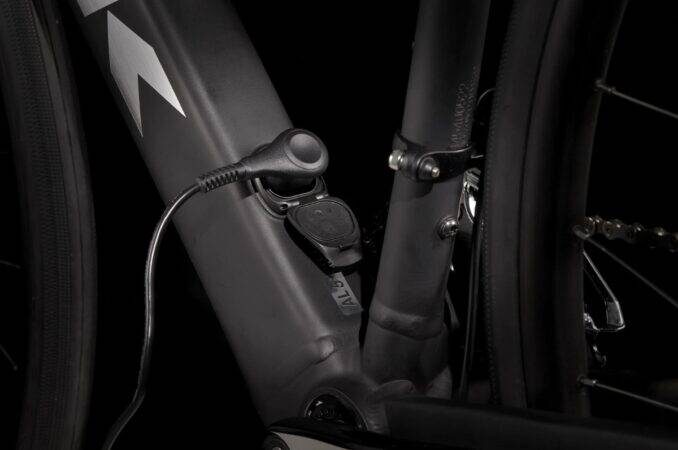
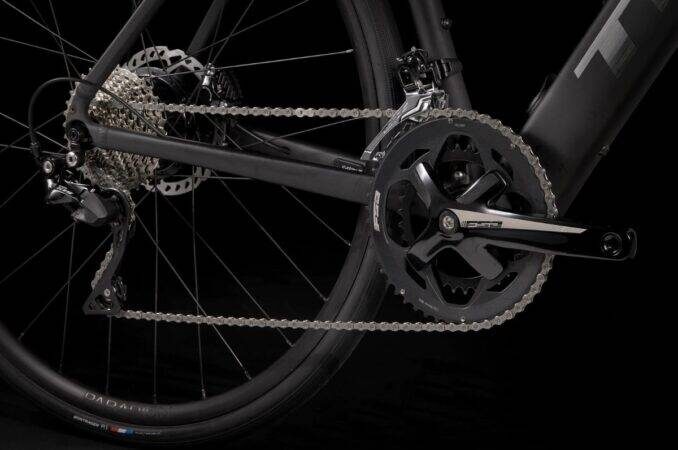
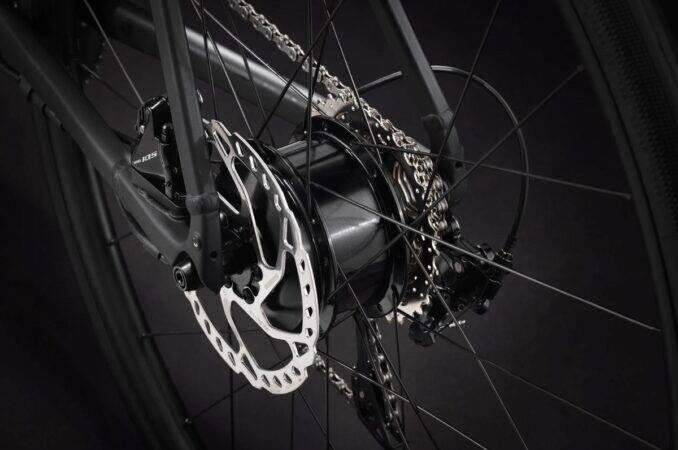
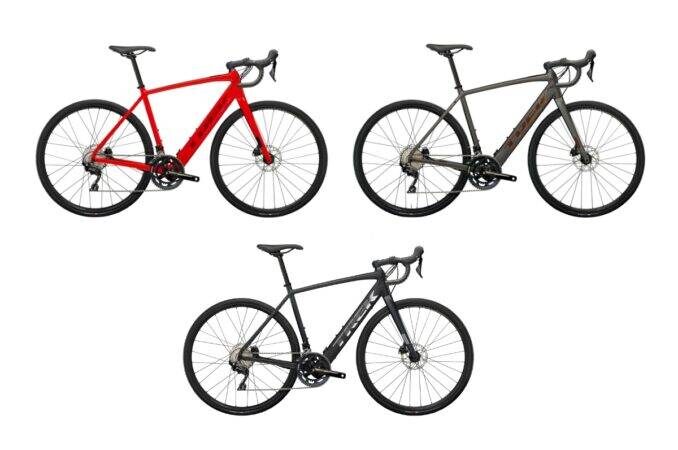
-
£3,200
-
$ 4,010
-
€3,628
Prices are approximate
Weight: 14.06kg (31lb) for 56cm model
Wattage: 250W (250W in UK & EU)
Max. Range: 55 miles (90 km)
Gears: 2 x 11 speed
Wheel Size: 700c x 21mm inner width
Max Load: 125kg (275lb) – combined mass of bike, rider and cargo
Removable Battery:  – housed inside down tube
– housed inside down tube
Throttle: 
Lights: 
Fenders: mounts for optional installation
Pannier Rack: mounts for optional installation
Built on the brand’s most comfortable, all day road-riding platform. Lightweight alloy frame with carbon fork and the Shimano 105 drivetrain is very reliable. Adaptable and flexible for commuting, using wider 32mm tyres, carrying and riding longer distances. Three pedal-assist modes accessed from a button near the hoods. Good range and simple in-built design and housing of the battery and controls.
Pros
- Stable and comfortable ride geometry
- Option to double battery range to 110 miles with a frame-mounted add on pack
- Rear hub motors promote a more natural ride feel
Cons
- If you are fit enough, you might rarely need the pedal assistance
2. Specialized Turbo Creo SL Comp Carbon
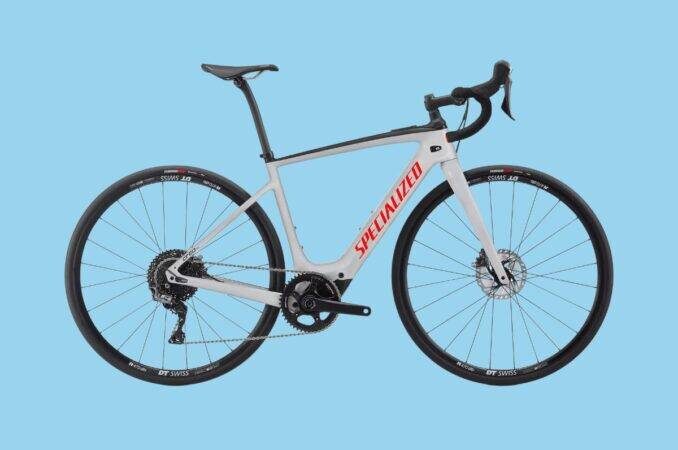
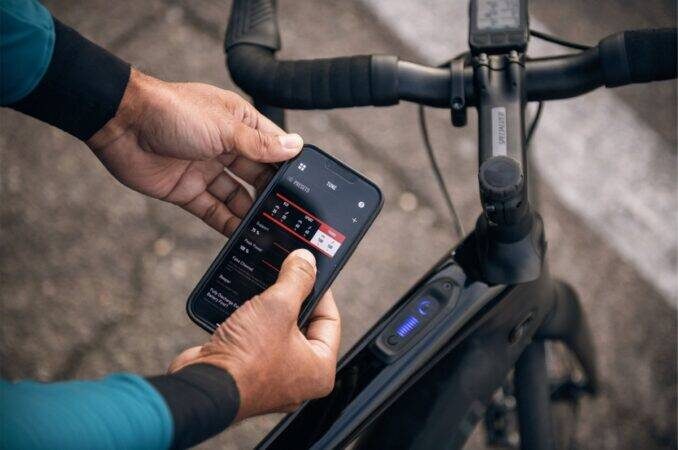
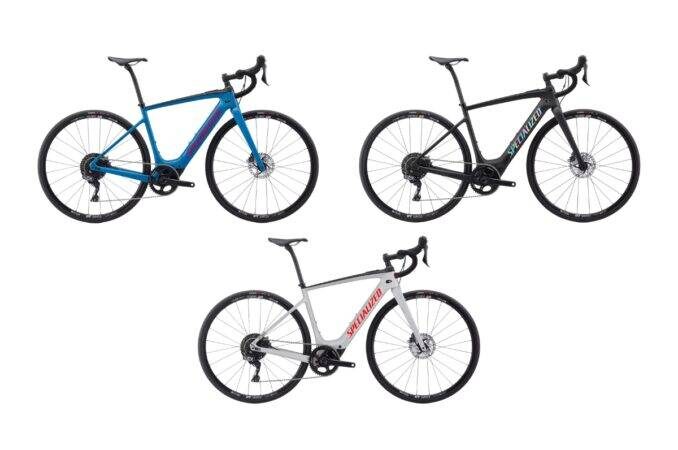
-
£3,999 (sale price)
-
$ 5,026
-
€4,569
Prices are approximate
Weight: not included in technical specifications
Wattage: 240W (240W in UK & EU)
Max. Range: 80 miles (129 km)
Gears: 1 x 11 speed
Wheel Size: 700c x 20mm outer width
Max Load: not included in technical specifications
Removable Battery:  – housed inside down tube
– housed inside down tube
Throttle: 
Lights: 
Fenders: mounts for optional installation
Pannier Rack: mounts for optional installation
A race-pedigree full carbon chassis is lightweight and has been paired with the proprietary SL 1.1 motor. This is a pedal-drive motor built to deliver consistent torque from 60 – 110 rpm. The range is impressive for a 240W motor. A 1x system, Shimano GRX and dampened steering should get you off the road as well as dealing with urban potholes easily. This is bike is designed with harder training in mind.
Pros
- Good range
- In-house motor designed for wide torque range
- Lightweight carbon frame with some endurance tweaks
Cons
- Discounted price may not be available in your size, colour or region
3. Ribble Endurance AL e – Sport
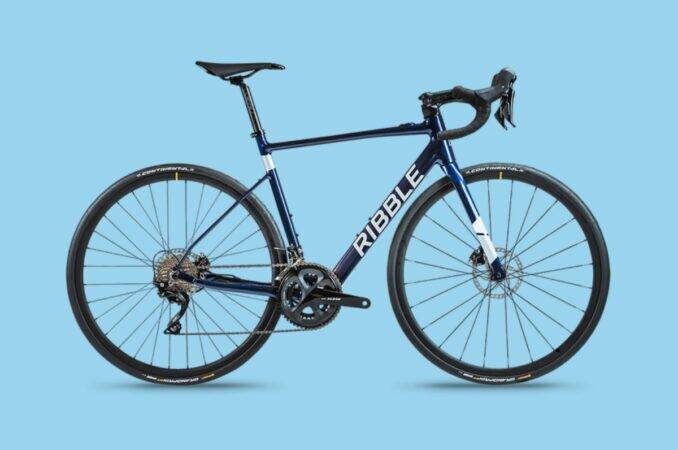
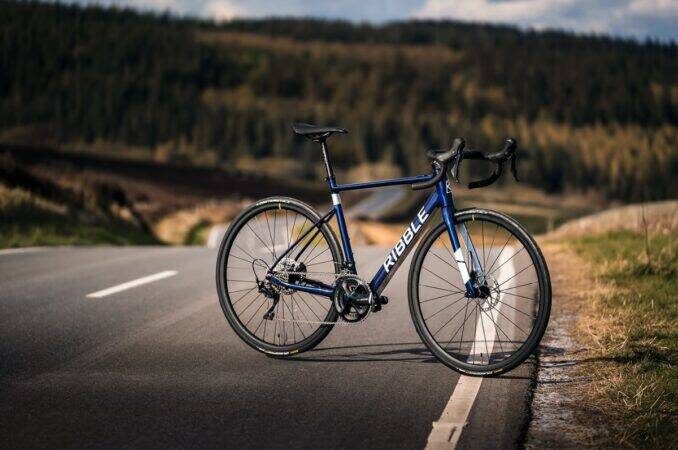
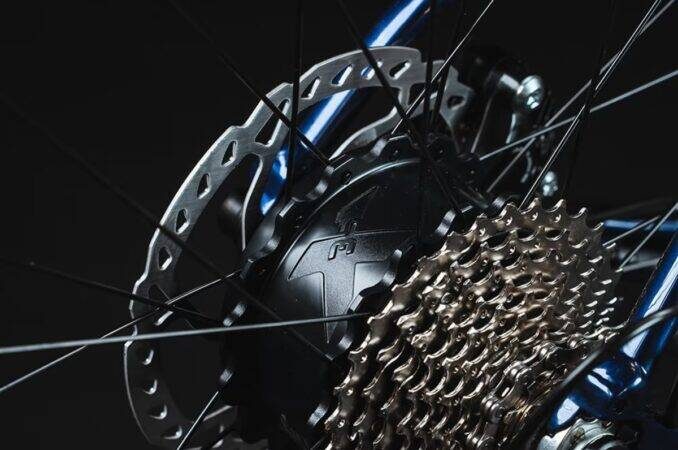
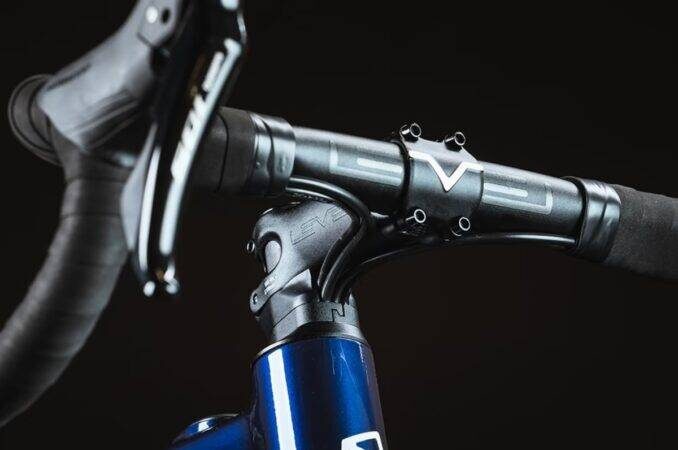
-
£1,999
-
$ 2,527
-
€2,254
Prices are approximate
Weight: not included in technical specifications
Wattage: 250W (250W in UK & EU)
Max. Range: not included in technical specifications
Gears: 2 x 10-speed
Wheel Size: 700c x 22.5mm outer width
Max Load: not included in technical specifications
Removable Battery:  – housed inside down tube
– housed inside down tube
Throttle: 
Lights: 
Fenders: mounts for optimal installation
Pannier Rack: 
A great entry into the world of road bikes and e-bikes. Mahle’s X35+ system is selected with a hub-drive system with enough torque for club rides and regular hills on training rides. The Shimano Tiagra system is reliable for an entry level bike without being the lightest on offer. Ribble is a brand which attracts awards for design and has adopted many fans of its pricing.
Pros
- good price point
- reliable motor/battery combination
- same geometry as acoustic model
Cons
- need to price up for hydraulic discs
4. Orbea Gain M30
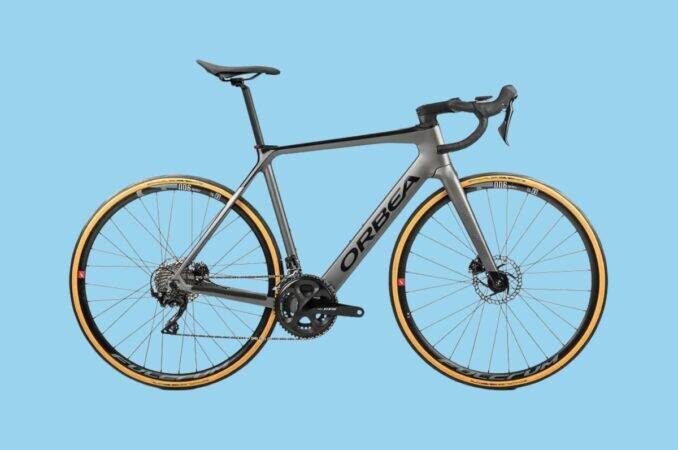
-
£3,362
-
$ 4,249
-
€3,790
Prices are approximate
Weight: 12kg (26.5lbs)
Wattage: 248W (248W in UK & EU)
Max. Range: 60 miles (97 km)
Gears: 2 x 11 speed
Wheel Size: 700c x 22.7mm outer width
Max Load: not included in technical specifications
Removable Battery:  – housed inside down tube
– housed inside down tube
Throttle: 
Lights: 
Fenders: 
Pannier Rack: 
Orbea has concentrated its efforts in creating a single interface allied to a Mahle Ebikemotion X35 motor and battery. The rear hub-drive contains a sensor which monitors the pedalling input to control the flow of power. Shimano’s 105 R7000 groupset is incredibly reliable and the finishing is high quality mid-range kit. This bike is aimed at enthusiastic trainers and athletes.
Pros
- thoughtful interface promises easy charging and selecting power
- carbon monocoque frame and fork is fast
- built-in lights and finishing kit
Cons
- relying on one interface requires very reliable tech and wiring
5. Ribble Endurance SL e – Enthusiast
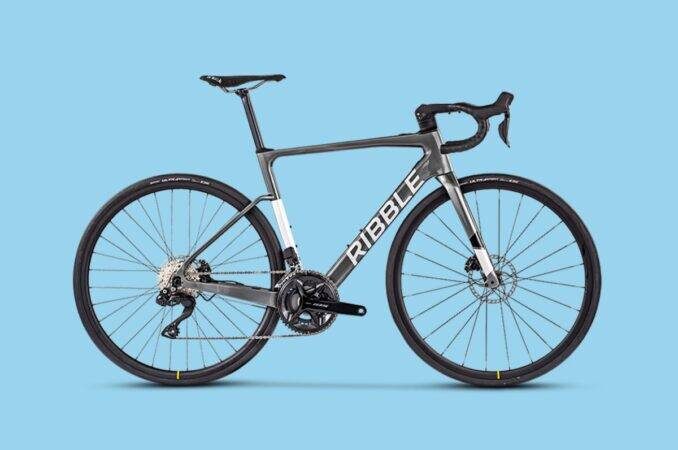
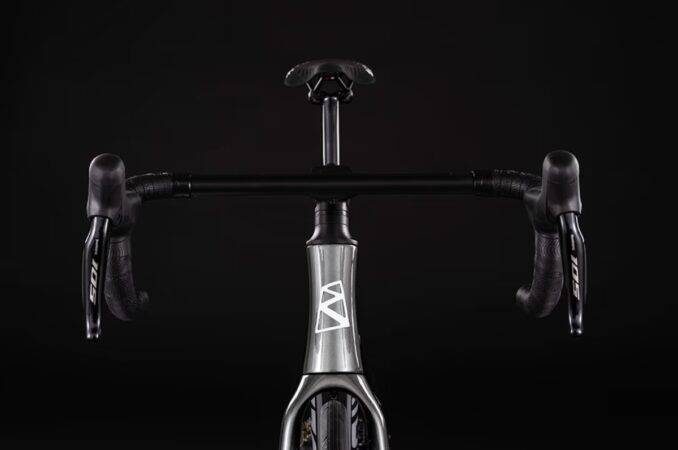
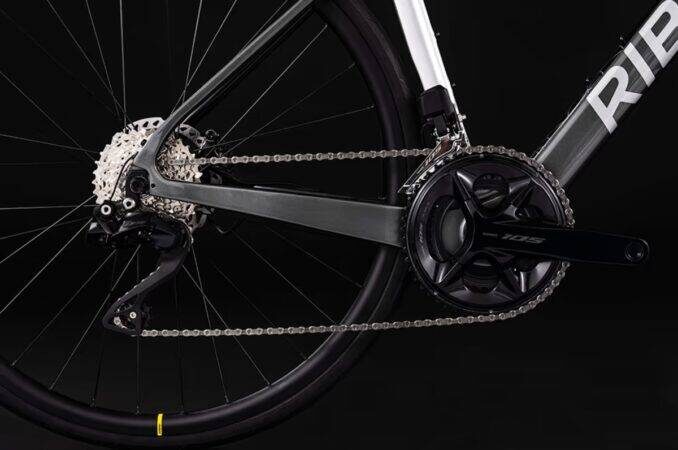
-
£3,999
-
$ 5,054
-
€4,508
Prices are approximate
Weight: 11.94kg (26.26lb)
Wattage: 250W (250W in UK & EU)
Max. Range: not included in technical specifications
Gears: 2 x 12-speed
Wheel Size: 700c x 22.5mm outer width
Max Load: not included in technical specifications
Removable Battery:  – housed inside down tube
– housed inside down tube
Throttle: 
Lights: 
Fenders: mounts for optimal installation
Pannier Rack: 
Moving up from Ribble’s AL range is the SL model. A full carbon endurance frame and fork is paired with Mahle’s X35+ motor. Shimano’s newest 105 Di2 groupset offers precise electronic shifting with hydraulic brakes. Mavic provide some great Ksyrium S rims. This is amplified riding aimed at sporty training rides. The carbon fibre frame and fork brings the weight down.
Pros
- Outstanding low-to-mid range groupset
- ‘Barely there’ motor and battery aesthetic
- Wireless shifting
Cons
- it might only suit those more confident, aggressive training rides
6. BMC Roadmachine AMP TWO
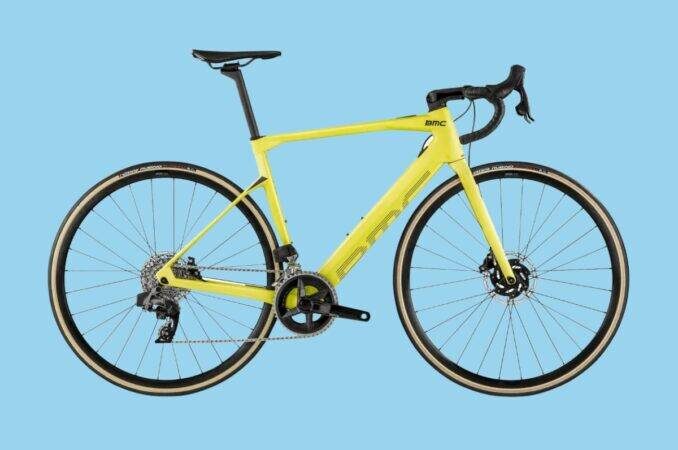
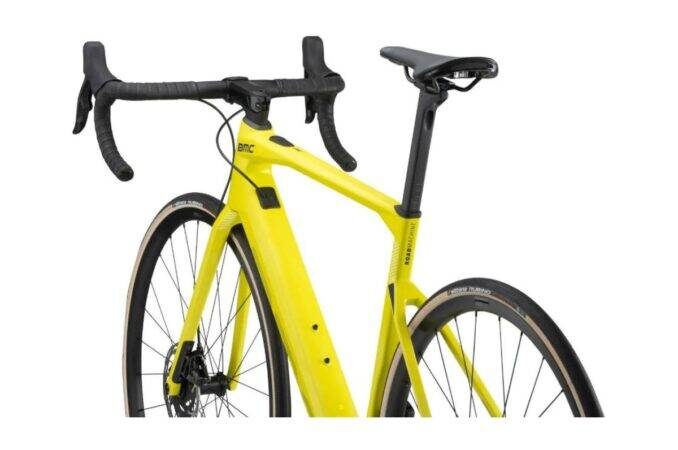
-
£5,775
-
$ 7,299
-
€6,510
Prices are approximate
Weight: not included in technical specifications
Wattage: 250W (250W in UK & EU)
Max. Range: 87 miles (140 km)
Gears: 2 x 12-speed
Wheel Size: 700c x 25mm outer width
Max Load: 120kg (265lb) – combined mass of rider and bike
Removable Battery:  – housed inside down tube
– housed inside down tube
Throttle: 
Lights: 
Fenders: 
Pannier Rack: 
A lightweight carbon frame is combined to a Mahle X20 motor hub-drive set up. This has been developed to remove any lag in the pedal motion when riding with pedal assistance and delivers smooth torque through the process. SRAM RIVAL and FORCE components with wireless eTap shifting. Endurance geometry and racing cues with up to 20mph pedal assistance (where legal) makes this a fast racer.
Pros
- Mahle X20 system feels natural
- Balanced and low centre of gravity
- Excellent groupset
Cons
- Pricey
- Colour
7. Cannondale Topstone Neo 5
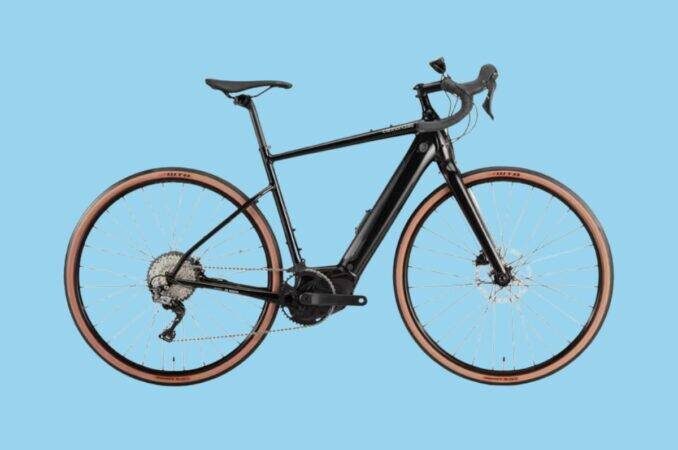
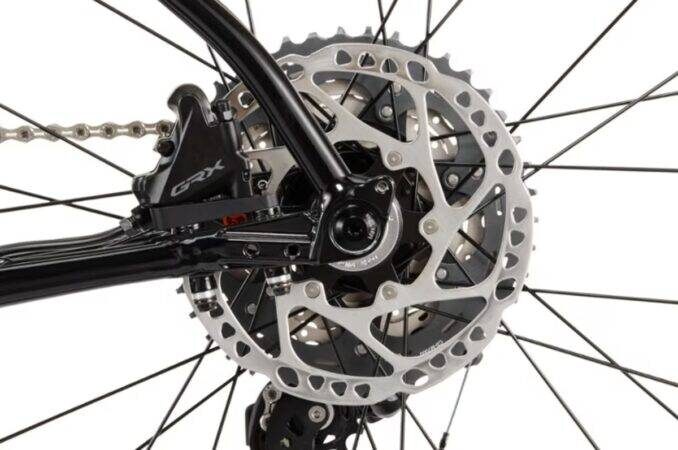
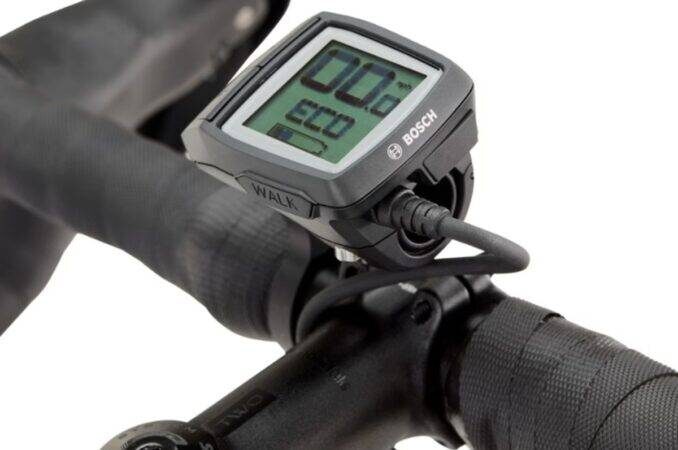
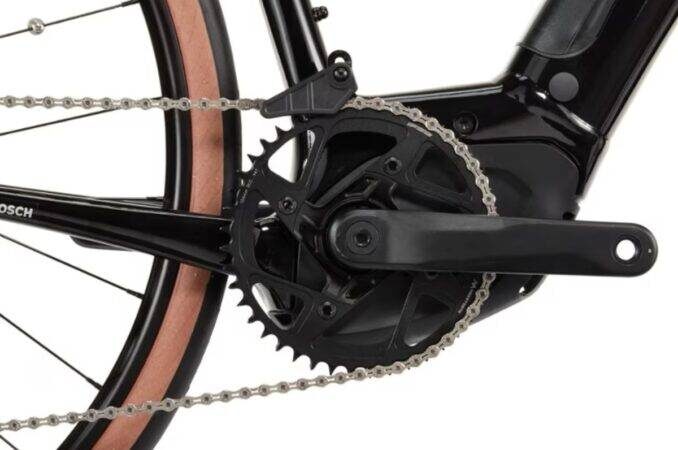
-
£4,391
-
$ 5,550
-
€4,951
Prices are approximate
Weight: not included in technical specifications but M model reviewed at 18.37kg / 40.5lbs
Wattage: 250W (250W in UK & EU)
Max. Range: 70 miles (113 km)
Gears: 1 x 11-speed
Wheel Size: 700c x 27.5mm
Max Load: not specified in technical specifications
Removable Battery: 
Throttle: 
Lights: 
Fenders: Mounts for optional installation
Pannier Rack: Mounts for optional installation
This bike suits your more adventurous side and is gravel focused. The higher torque Bosch Performance Line Speed will provide pedal assisted speed up to 28mph (where legal). The drive system is crank-powered. The groupset is Shimano’s GRX range so you are dialled in to a gravel experience. Wheels and tyres are multi-terrain oriented.
Pros
- Top speed
- Torque will flatten mountains
- Good range
Cons
- less race-focussed than other road e-bikes
The post Best Electric Road Bikes: 7 Picks for All Budgets in 2023 appeared first on Discerning Cyclist.
